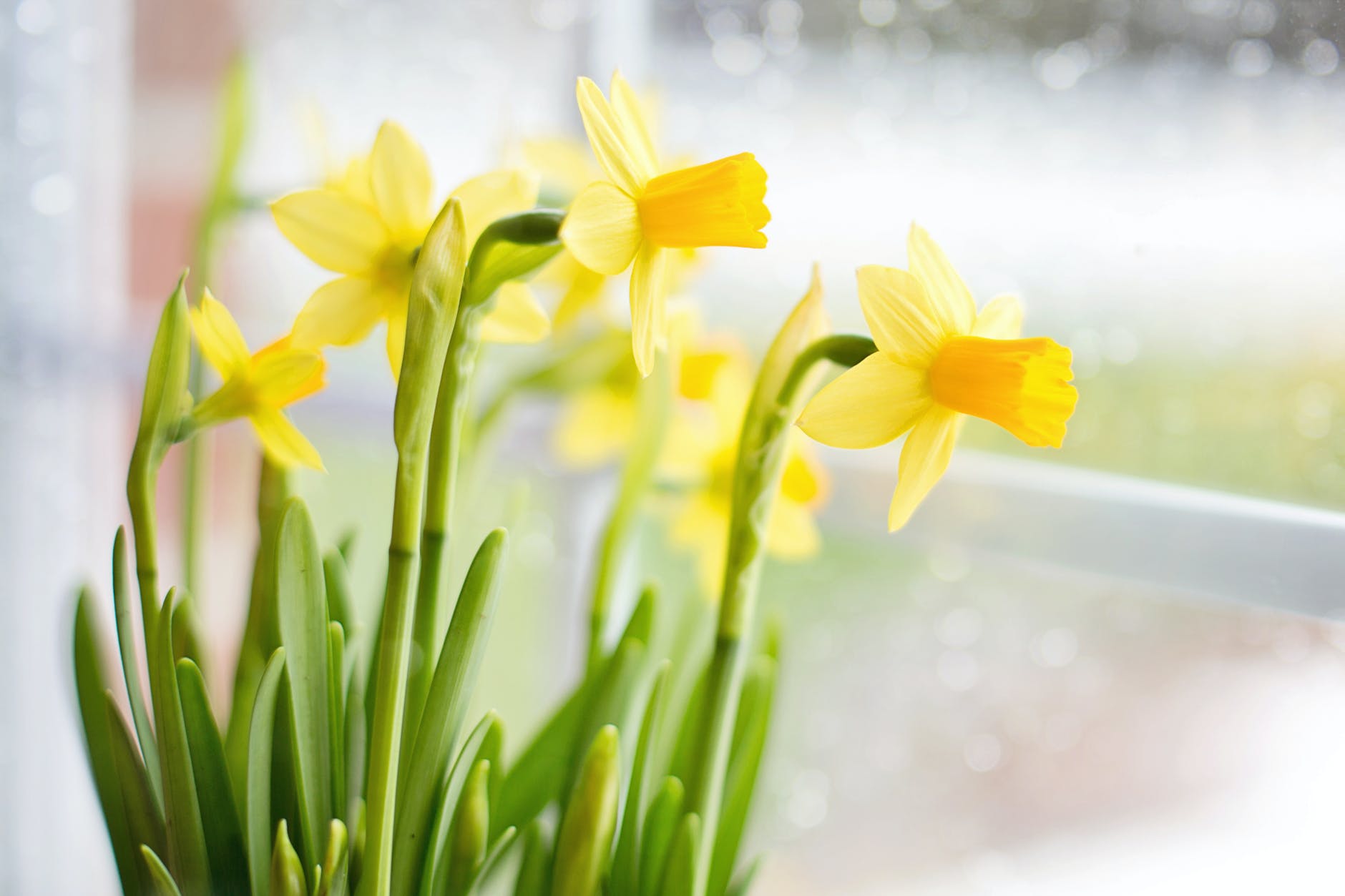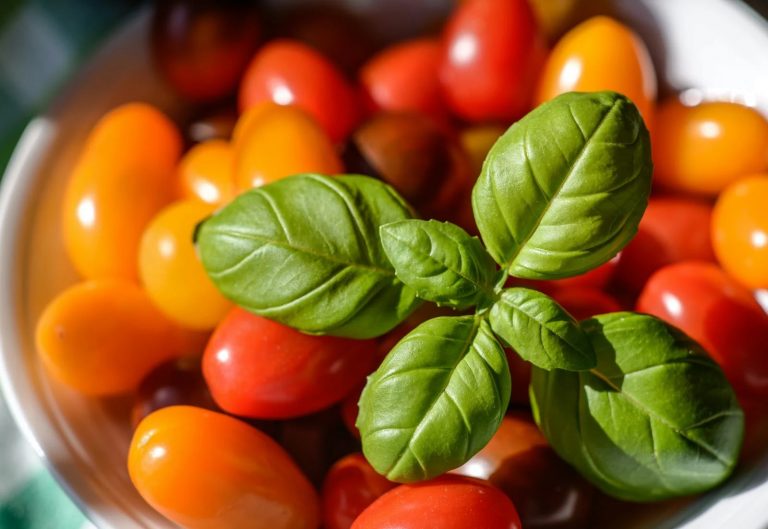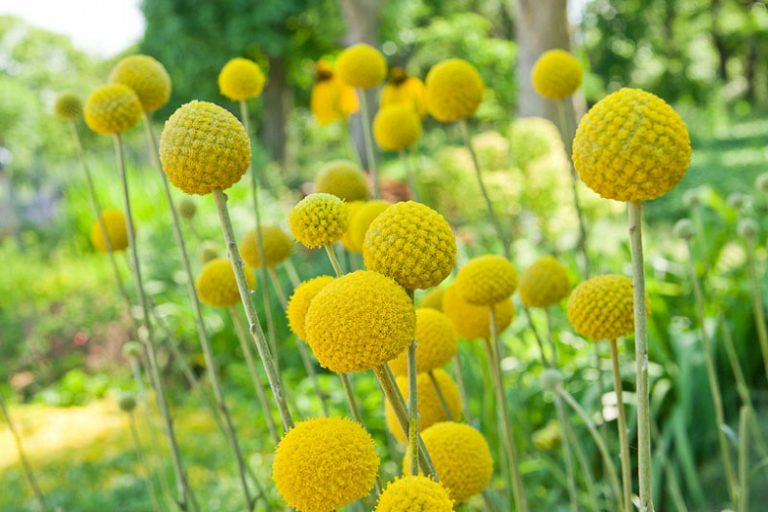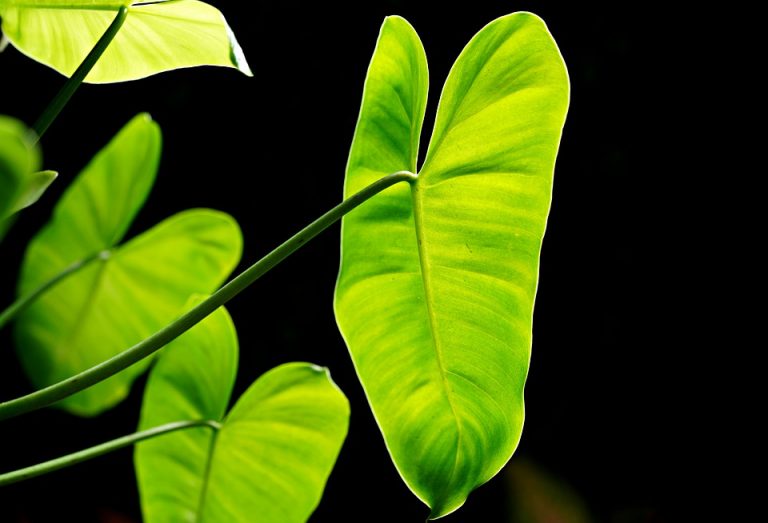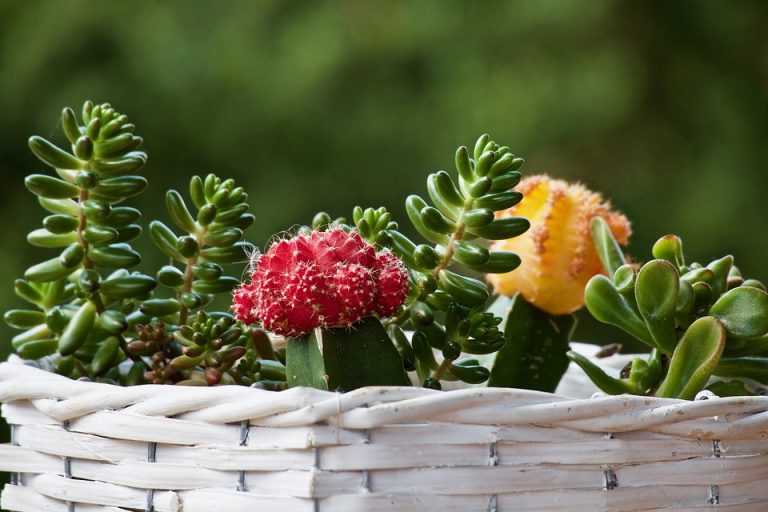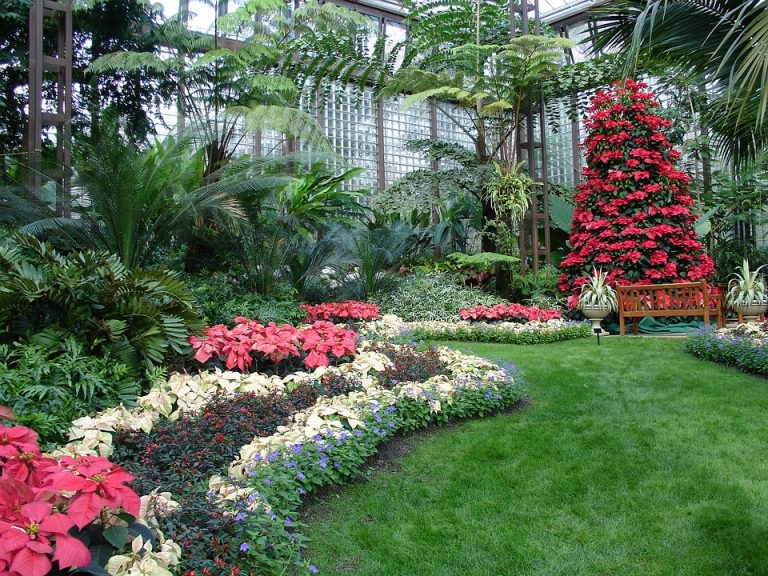How to Grow and Care for Daffodils?
Daffodils are popular houseplants because they are easy to grow and available through a wide range of nurseries. They are not expensive to purchase or maintain if cared for properly. However, they do require some maintenance and care in order to look their best. This article will explain how daffodils work and what you need to know about them before purchasing one for your home.
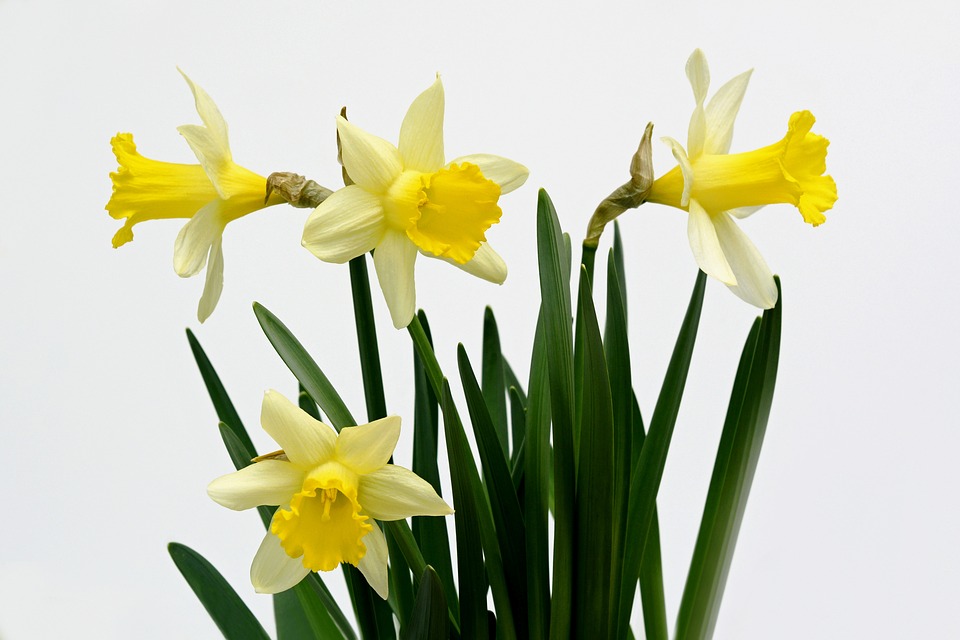
About Daffodils
Daffodils (Narcissus) are widely considered to be the most popular spring flower. These bright beauties are a welcomed sign of spring and they come in a variety of colors, shapes, and sizes. They have been grown for over 2,000 years and are one of the most popular flowers in the world.
Daffodils are native to northern Europe and the Mediterranean, but can be found all over the world today. There are about 50 species that grow wild in the Northern Hemisphere. Daffodils are closely related to tulips and lilies; however, daffodils grow from bulbs, while tulips and lilies grow from seeds or bulb-like crowns.
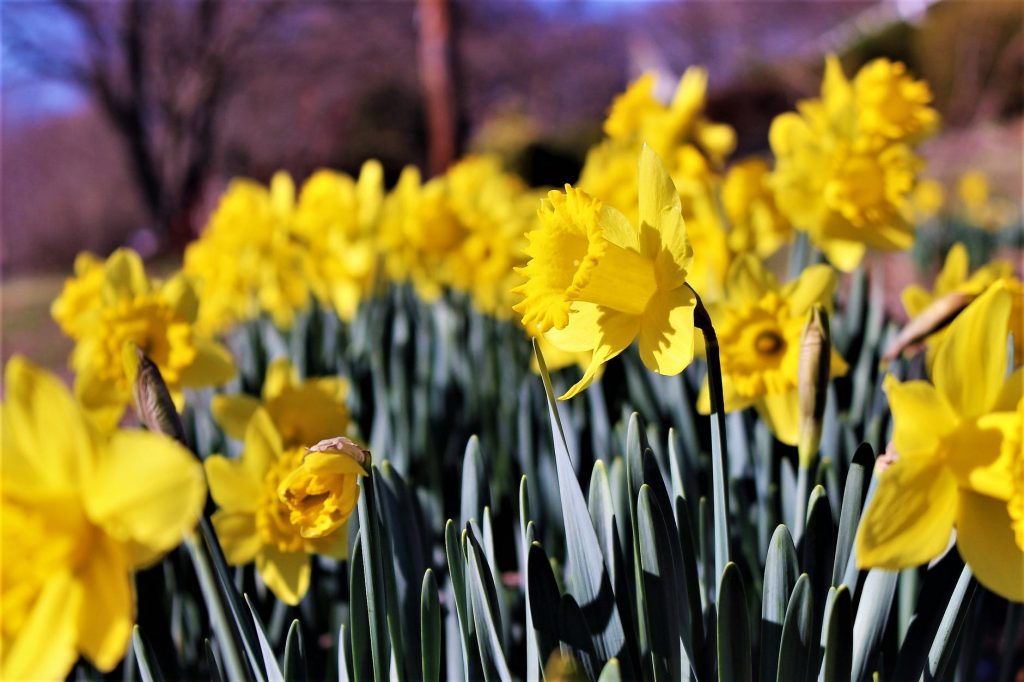
Daffodils belong to the genus Narcissus which has several different divisions: trumpet daffodils, large-cupped daffodils, small-cupped daffodils, double daffodils, triandrus daffodils, cyclamineus daffodils, jonquilla daffodils, tazetta daffodils, poetaz narcissus (Poet’s Narcissus), split corona narcissus (Split Corona Narcissus), and wild species narcissus.
Facts About Daffodils
1.Daffodils have a long history of being used for medicinal purposes. The bulbs were used to treat skin conditions and people sometimes ate them to prevent scurvy or to expel intestinal worms.
2.Daffodils are poisonous flowers that should not be ingested, because they can cause stomach pain, vomiting, and diarrhea.
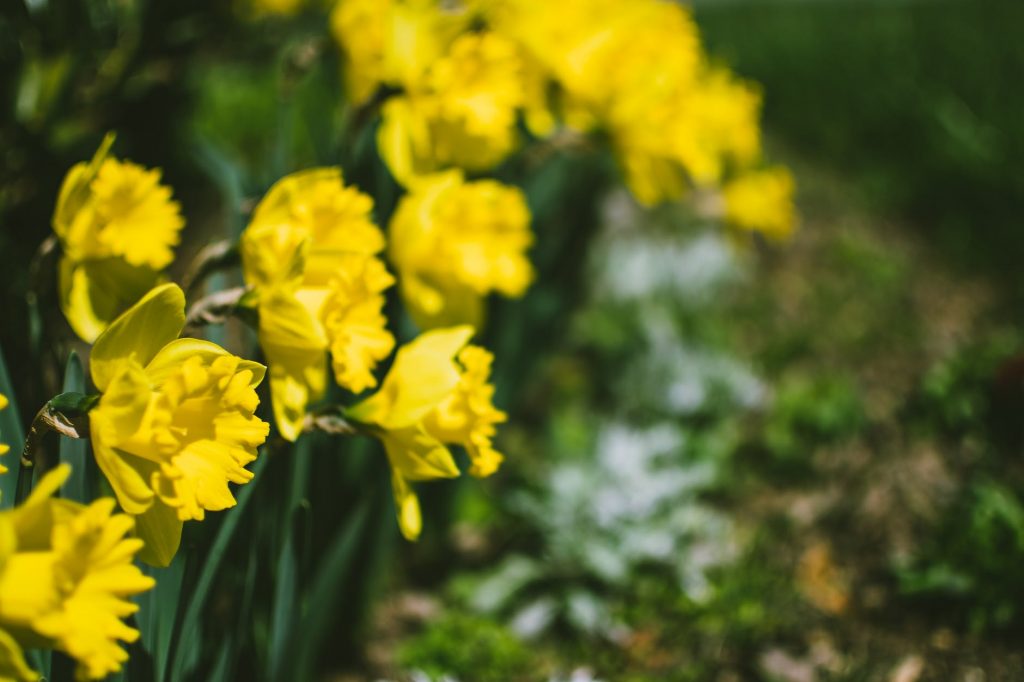
3.The juice of the daffodil is also highly toxic and can cause severe irritation of the skin.
4.All parts of the daffodil plant contain lycorine, which is a toxic alkaloid that has been known to cause vomiting and diarrhea when ingested in large amounts.
5.Daffodils are considered toxic because they contain crystals of calcium oxalate, which can irritate your mouth, tongue, lips and throat if eaten in large quantities.
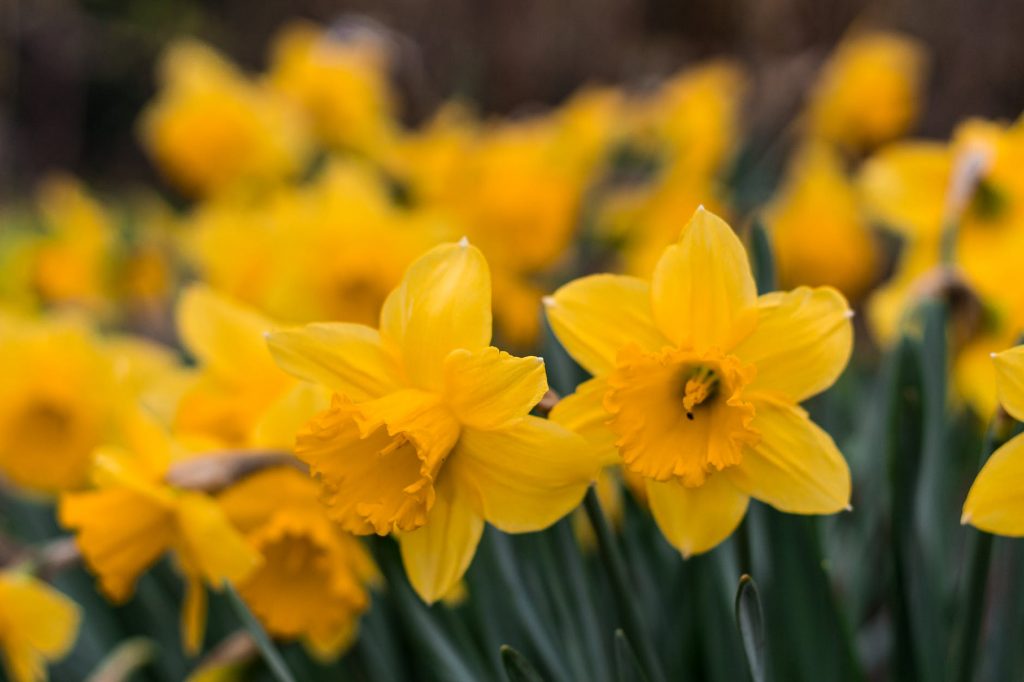
6.Daffodils are poisonous to dogs because they contain poisonous alkaloids that can make your dog sick if he eats enough of the bulbs or leaves.
Growing Daffodils
Sunlight
Daffodils prefer lots of direct sunlight — at least six hours per day — but will tolerate some shade as well, especially toward the end of their growth cycle as leaves begin to fade and die back after blooming ends.
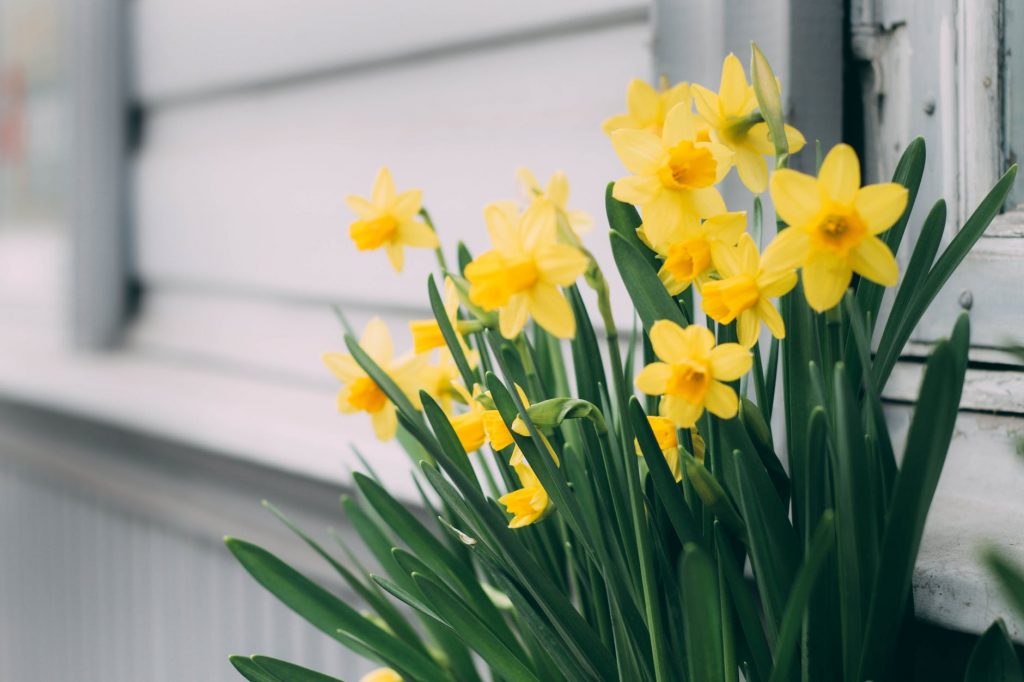
Water
Water is essential for the healthy growth of daffodils, like most plants. The bulbs should be kept moist but not saturated with good drainage. A layer of mulch can help keep their soil evenly moist and protect them from extreme temperatures in winter and summer.
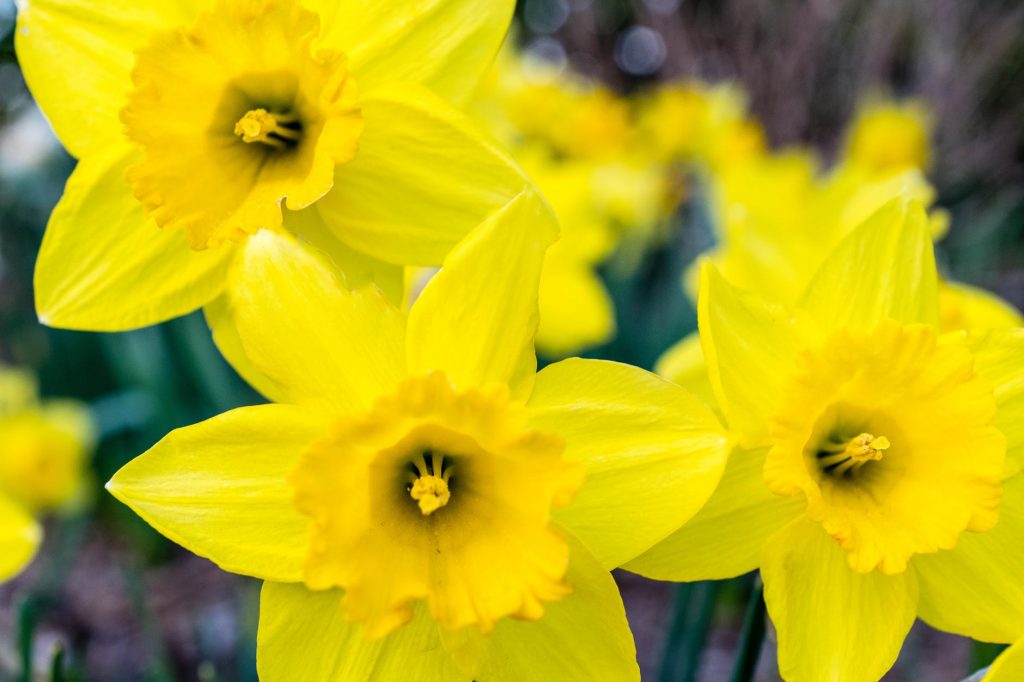
Climate
Daffodils are native to areas of Europe, North Africa and Asia Minor. They thrive in U.S. Department of Agriculture hardiness zones 3 through 8, which means they can tolerate temperatures down to minus 40 degrees Fahrenheit. This can be important if you live in areas that experience extreme winters. The bulbs must be planted deep enough so they will not freeze over during the winter season.
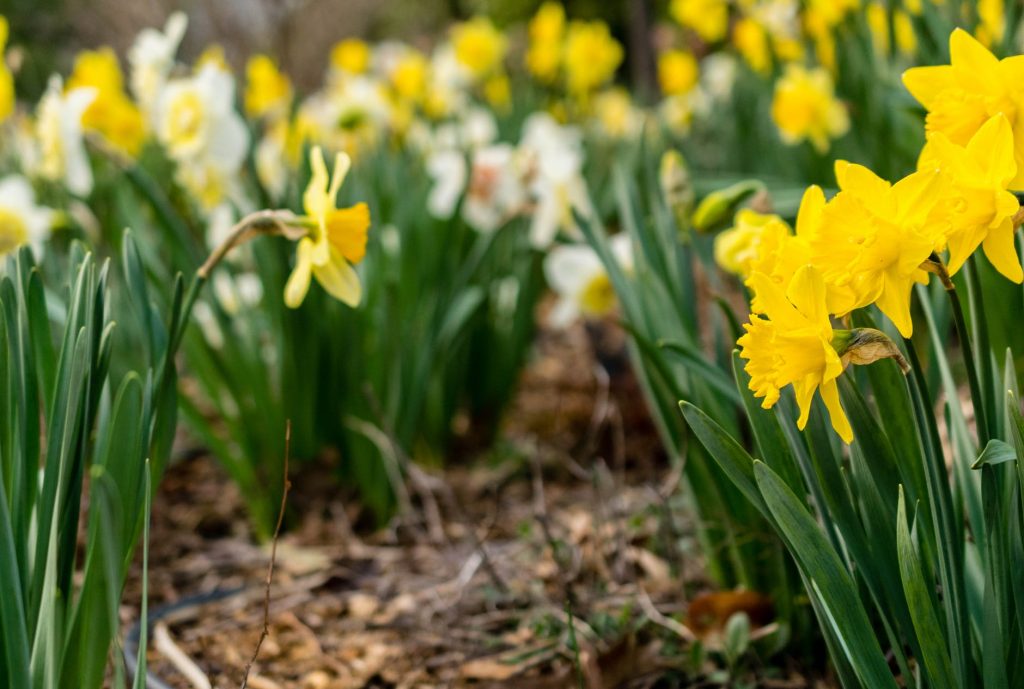
Soil
Daffodils prefer dry soil that is well-drained with a pH between 6 and 6.5. If the soil is too acidic or alkaline, it will not provide adequate nutrients for the bulbs to grow properly. If planting multiple bulbs together, space them at least 4 inches apart so they do not compete for nutrients and water. Daffodils also benefit from mulch spread on top of the soil.
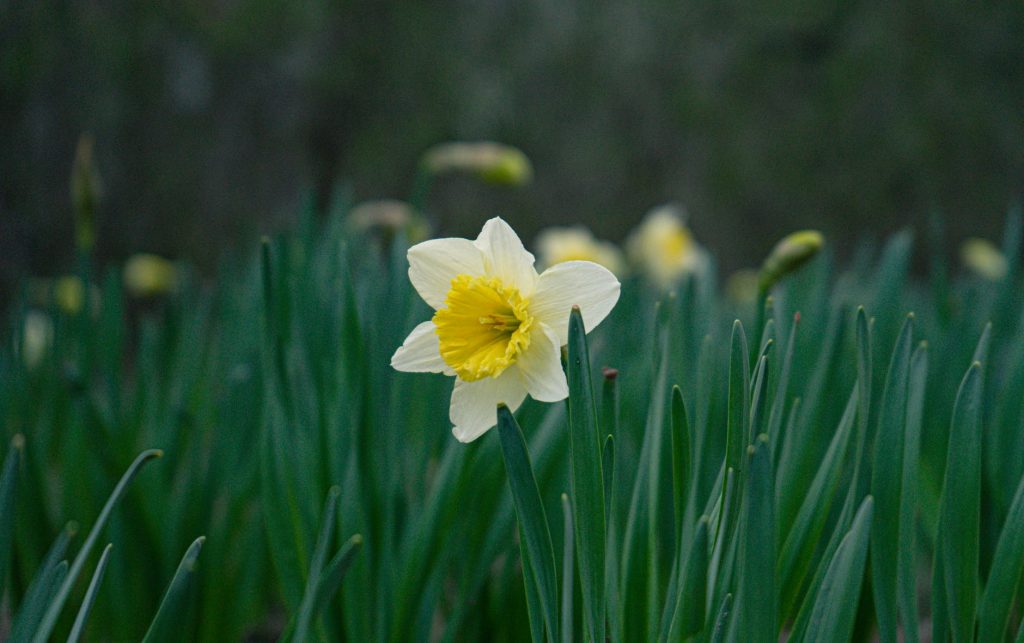
Caring for Daffodils
Properly maintaining daffodils is essential to ensuring that they deliver beautiful blooms year after year. The key to success with daffodils is to allow the foliage to remain on the plant after flowering has ceased. This provides nourishment for the bulb and maximizes the vigor of the plant for future blooms. Foliage should be allowed to die back naturally and should not be cut back until it has yellowed.
Watering is essential while bulbs are actively growing and developing in spring, but should be reduced once flowering is complete. At this time, water may be withheld entirely until foliage begins to yellow in early summer. Watering should then resume, ensuring that soil stays damp but never soggy or sodden. Daffodils prefer a well-drained soil, so soil quality should be assessed before planting and amendments made as needed.
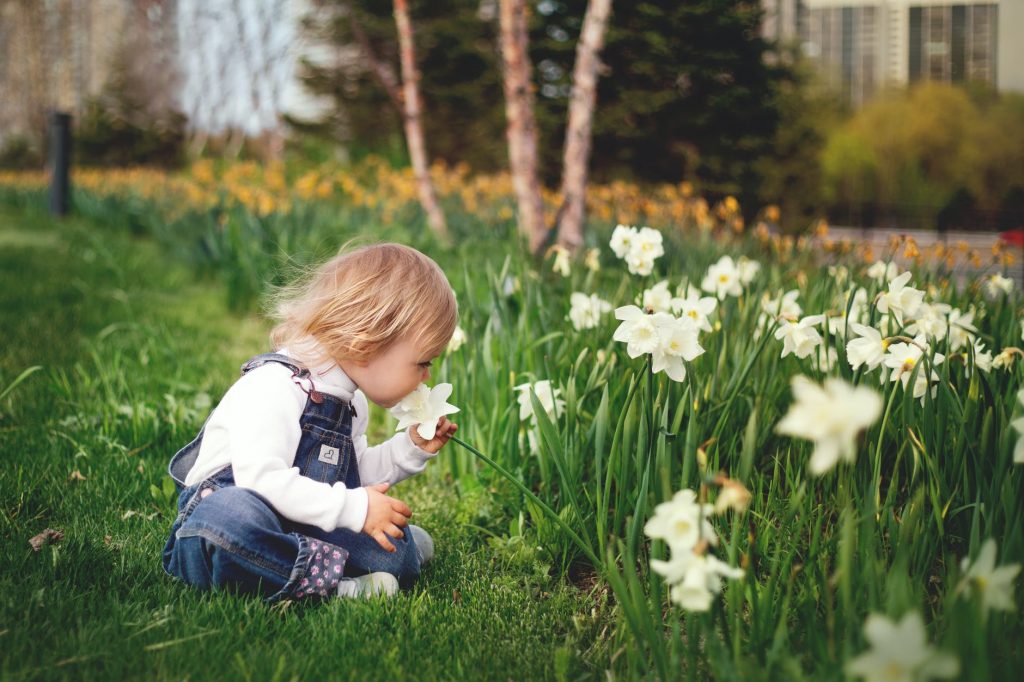
Daffodils are hardy perennials that require little additional fertilization beyond what is provided by natural decomposition of organic matter in their immediate vicinity.
Once your daffodils have stopped blooming you should remove the flower heads from the plant so that they aren’t able to produce seed pods. This will allow the plant to put all of its energy into producing its leaves and roots for next year’s blooms instead of using its energy on trying to produce seeds.
Propagating Daffodils
“Propagation” is a fancy word that simply refers to how plants multiply. Some plants reproduce from seeds, others from cuttings, and still others from bulbs. Daffodils are bulb propagated, which means you can divide them up and plant them just as they are.
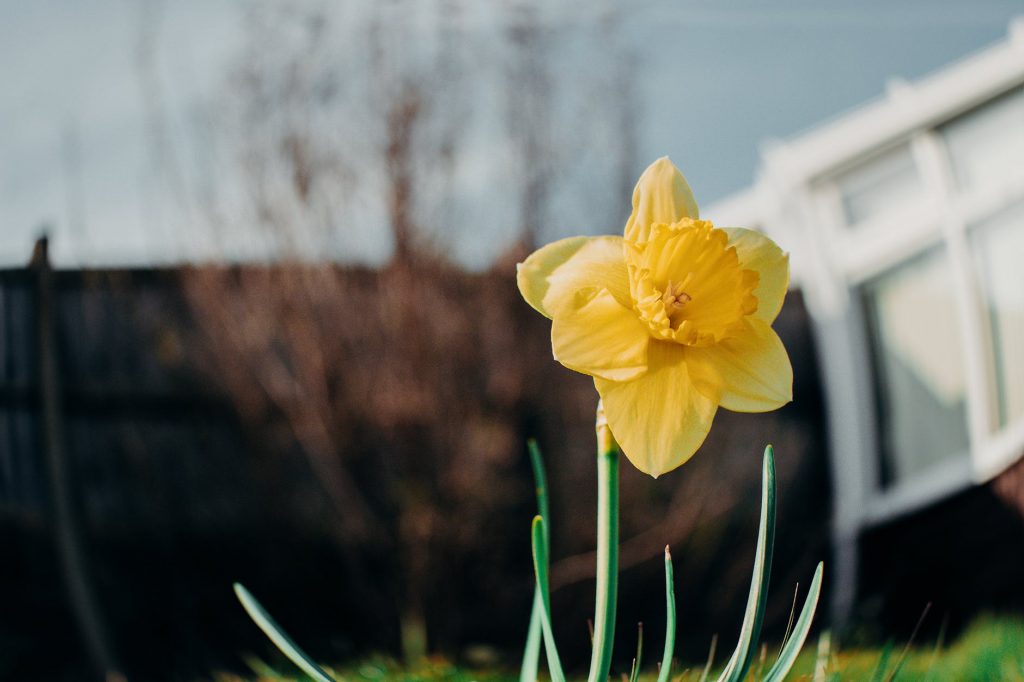
Daffodils grow from bulbs, which contain the stem and leaves of the plant as well as the flower bud. Bulbs are covered in layers of skin called tunics. Bulbs that have several tunics are old and have been stored for a long time or have been grown for multiple years. If a bulb has only one layer of tunic it is a new bulb, or one that has been exposed to very dry conditions.
Daffodil bulbs should be planted in autumn so they can establish roots before winter dormancy sets in. Bulbs need to be planted with their pointed end facing up, the root end down, at a depth of three times their height (so an inch-long bulb should be planted three inches deep) and with their tips spaced roughly six inches apart. For best results, they should be planted on raised mounds in well-drained soil, with full sun exposure if possible and with plenty of air circulation.
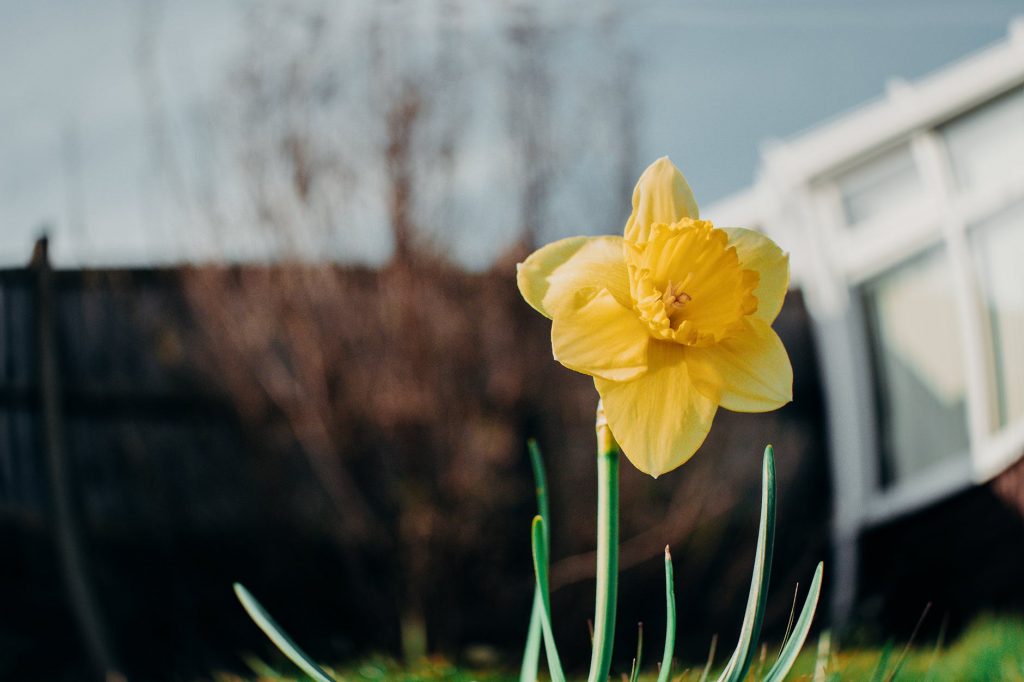
Pest and Disease Control
Daffodils are among the most disease and pest-free of all bulbs, but they can be affected by a few problems. Most pests and diseases are caused by poor growing conditions, so make sure to plant your bulbs where they will receive full sun to partial shade and good drainage.
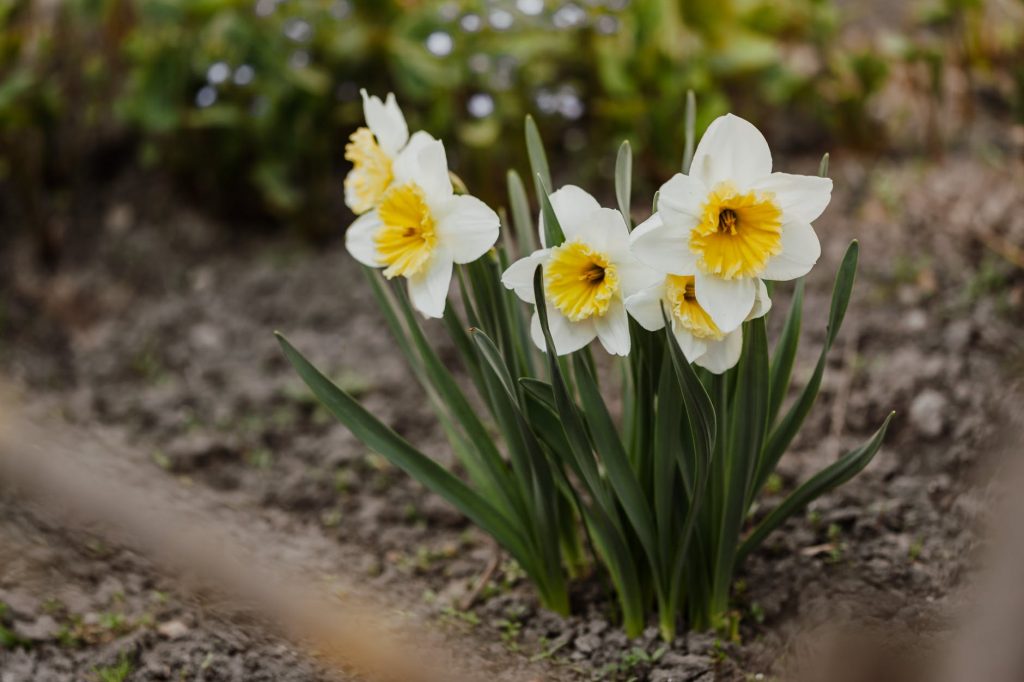
Foliar Nematodes
Foliar nematodes are microscopic worms that live in the leaves and foliage of many plants, including daffodils. The symptoms of infestation include stunted growth, yellowing, wilting or drying leaves, or streaks and spots on the leaves or stems. These nematodes feed on the fluids inside the plant tissue by piercing it with their mouths.
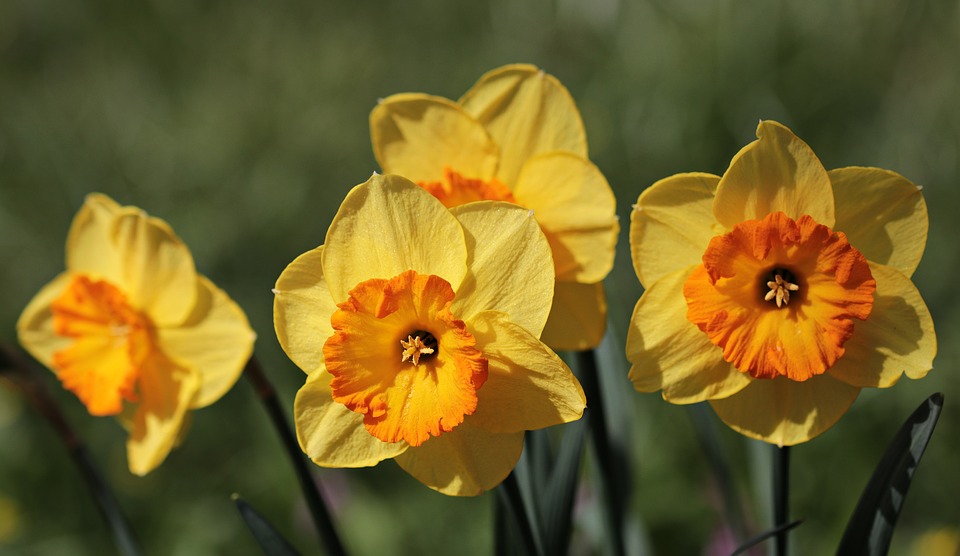
There is no chemical control for foliar nematodes. To prevent this pest from spreading to other plants, you should remove any infected plants from your garden as soon as possible.
Lugs and Snails
These mollusks eat daffodil flowers and foliage as well as other plants. Visual inspection will usually reveal their presence. They like to hide under mulch in cool, damp areas. You can handpick them or set out baited traps for them. If a serious infestation occurs, you can use commercial slug bait.

